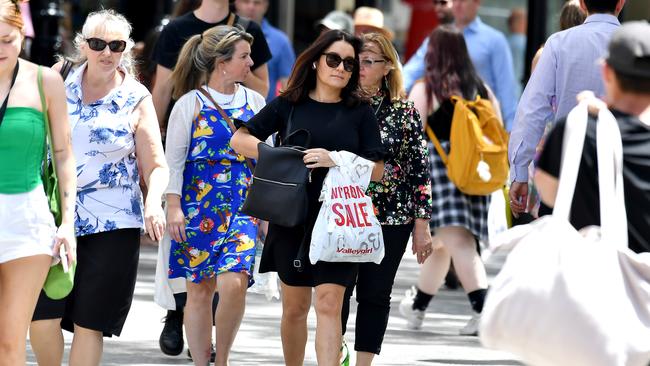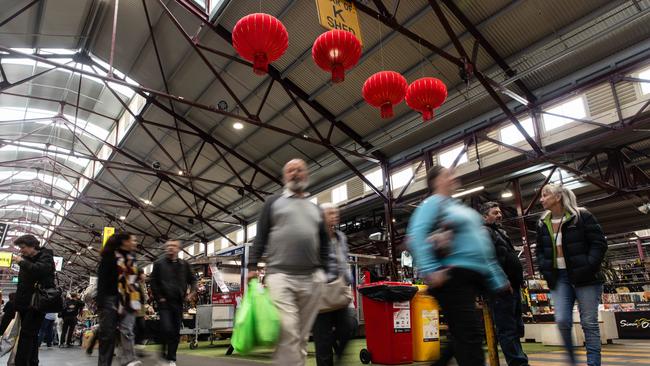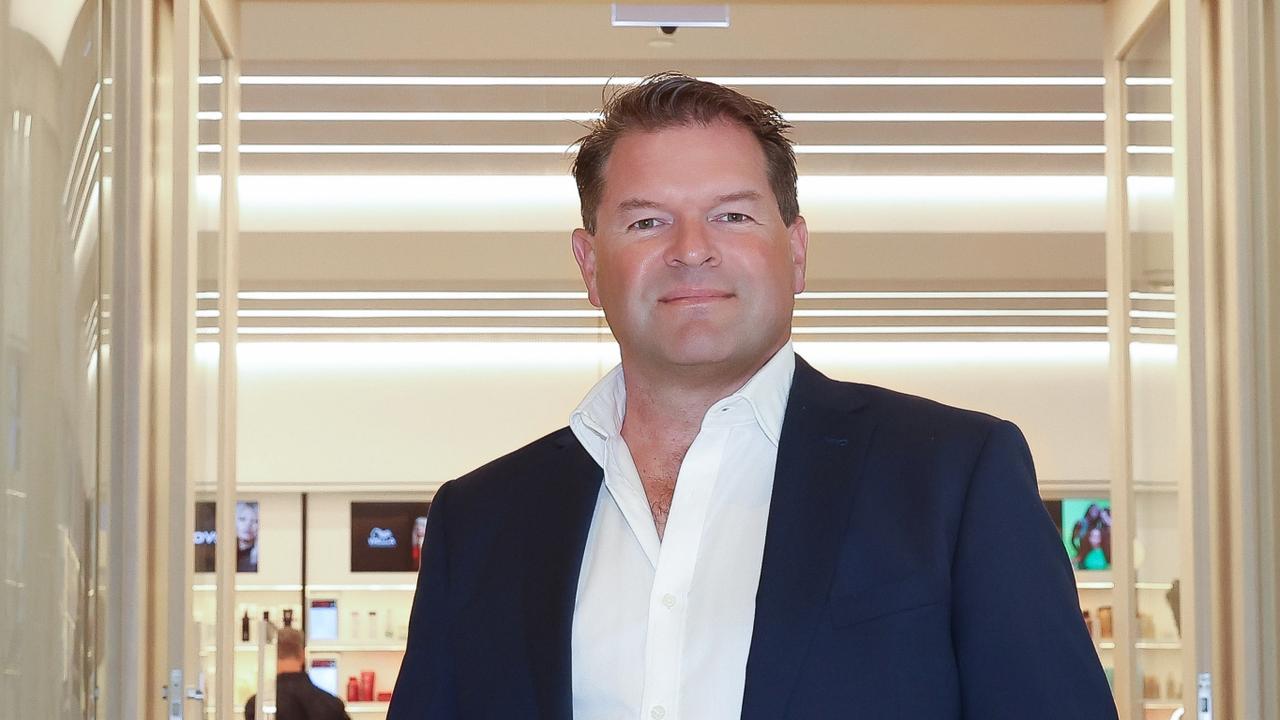Renters are pulling back their spending as high rents crush disposable income
Renters facing steeper rents are pulling back spending on gyms, pubs and cafes, while their homeowner parents and grandparents are still happily shopping, according to CBA.

The growing spending divide between younger people who rent and their parents and grandparents who either have a mortgage or own their homes is widening, as cost of living pressures forces renters to slam the brakes on restaurants and pubs, ordering takeaways or spending up on expensive gym and sports memberships.
It comes too as there is a deepening split between consumer categories that reflects many household budgets currently under stress, to see essential items such as insurance, education and utilities attract more spending but goods and services that consumers can sacrifice, like gym memberships and a glass of beer at the pub, falling.
Meanwhile, homeownership is more than ever, highlighting the difference between the ‘haves’ and the have-nots’, as spending by renters has lagged behind their homeowning counterparts since late 2022, according to new household spending research from the Commonwealth Bank. The challenging economic environment is disproportionately denting this cohort as they cut their budgets wherever they can to pay for mounting rents.
It’s a different world however at the other end of the spectrum where people who own their own homes outright with no mortgage – typically older Australians – continue to spend strongly and at around five times the growth of renters.
The latest CBA Household Spending Insights (HSI) has revealed that in April on an annual basis renters spending grew by only 1.3 per cent while homeowners with a mortgage grew spending by 4.5 per cent and owners with no mortgage grew spending across goods and services by 6.3 per cent. Given inflation is running at almost 4 per cent, it means that for renters they saw a fall in spending in real terms, the only cohort among the three to be negative.
“The spending increase is definitely the softest for renters, and in general that’s going to be the younger cohorts on lower incomes, and increases in rent are quite significant as a share of their income – so their total spending – and they’re having to cut back significantly on some areas,” CBA chief economist Stephen Halmarick told The Australian.
On Monday the CBA released its HSI index which fell 1 per cent in April to 148.11 following an early Easter bump in March, with annual spending growth slowing to just 2.6 per cent for the year. The HSI index collects month-on-month data at a macro level and is based on de-identified payments data from approximately 7 million CBA customers, comprising roughly 30 per cent of all Australian consumer transactions.

The index remains below the 149.7 peak in January 2024, and while spending on essentials like education (up 3.7 per cent), utilities (up 2.5 per cent) and motor vehicles (up 1.7 per cent) rose in the month, consumers pulled back when it came to spending on discretionary goods and services such as food and beverage, recreation and hospitality.
For the first time in the spending research, the bank looked at shopping activity among renters, mortgage holders and homeowners with no mortgage, and it underlined the disparity between renters and homeowners and the more heightened financial stress renters are now under.
“And so recreation, hospitality, food and beverages, and household services are where renters are really cutting back on,” Mr Halmarick said.
The HSI index reported that in April spending on food and beverage fell 3.8 per cent, down 3.3 per cent for hospitality while recreation spending was down 2.6 per cent. The key areas of recreation spending that slumped include online travel bookings, fitness clubs and gyms, concert tickets, cinemas and galleries.
The CBA data shows that while renters spent at a faster and greater pace than homeowners and mortgage holders through the worst months of Covid-19 – no doubt shopping online and spending various government handouts – that renter cohort has now seen their spending fall faster and deeper after the worst of the pandemic ended and life returned to normal.
“Spending by renters has lagged their counterparts since late 2022 with the difference growing over the past year given the large lift in rents.”
Recent property data has shown that across the major Australian capital cities rents grew by around 17 per cent in the last 12 months, and while interest rates have been ratcheted higher by the RBA they are now stalled and could soon come down.
Mortgage holders or people who owned their homes outright typically were older, held assets that were growing in value and were able to maintain their spending as high rents and rising interest rates did not affect them.
Across the states, spending in Victoria continues to be subdued (down 1.2 per cent for the month) as NSW (up 0.1 per cent) pulled away to sit with South Australia (up 0.3 per cent) and Tasmania (up 0.3 per cent) as the only states to post spending growth for the month. Western Australia declined 0.2 per cent in April to lose its mantle as the strongest spending state over the year.
“We expect weak consumer spending and below-trend economic growth to continue throughout 2024, and despite recent inflation data surprising to the upside, we anticipate the RBA will cut interest rates in November this year,” Mr Halmarick said.






To join the conversation, please log in. Don't have an account? Register
Join the conversation, you are commenting as Logout